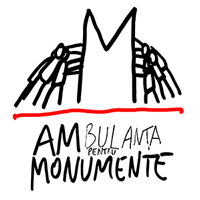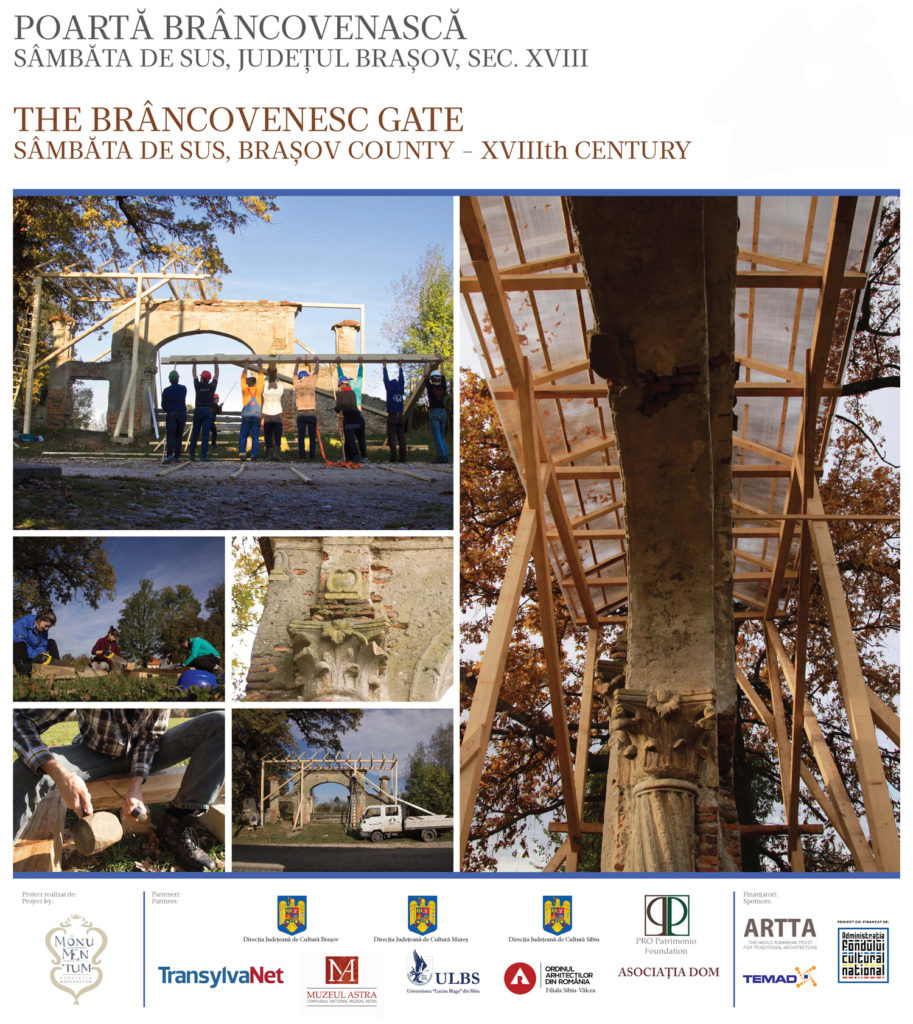GENERAL PRESENTATION
The Brâncovenesc Palace from Sâmbăta de Sus is at a distance of 10 km from the Brâncoveanu Monastery, in Brașov County. It was built in the XVIIIth century by the ruler Constantin Brâncoveanu. The exact date for when this palace was built is unknown, since the inscription put by the person who began the construction disappeared. Instead, it is known that this is the last palace built by the ruler.
The chapiters of the columns from the loggia of the Mogoșoaia palace are identical with the chapiters encrusted in the newer palace of the former palace from Sâmbăta de Sus: high acanthus leaves, hemstitched and the same tulip flower which it superimposes with the widely open sepals around the petals of the flower bud.
At the beginning of the XVIIIth century, the Brâncovenesc style extended throughout the entire Wallachia, reaching Făgăraș, Sâmbăta de Sus and Ocna Sibiului, where Constantin Brâncoveanu built places for worship, thus supporting the Orthodox Church, subjected to a strong offensive from Catholicism. After the Aulic Council from Vienna grants to Constantin Brâncoveanu the right to refuge together with his family in Transylvania, probably in 1701 begin the works for the construction of the royal palace (in the place of the mansion built by the Preda High Steward), which lasted for 13 years. After the demolition of the Brâncovenilor Monastery in 1785 by the Catholic authorities from Vienna through General Preiss, the palace from Sâmbăta de Sus was owned by the heirs of the Brâncoveanu family until 1832 when, after the death of the ban Grigore Brâncoveanu, the estate is returned to the Greek-Catholic Church from Brașov.
In 1801, the ban Grigore Brâncoveanu builds a castle in a late baroque style, by inserting decorative elements from the old building.
In the Brâncovenesc palace lived the descendants of the Brâncoveanu family, but, as of the year 1770, the palace was pawned for a period of 10 years to the tradesman Dumitru Marco from Sibiu.
Along with the houses built by Constantin Brâncoveanu in this area at the beginning of the XIXth century, other buildings built by the ban Grigorie Brâncoveanu can be also noted. From his will, we learn that the administrator’s buildings, the castle, two mills, a cognac factory and a few gardens are also part of the ensemble from Sâmbăta. Situated at a distance of 20 km from Făgăraș and 60 km from Brașov, the princely residence is similar from various perspectives to the Brâncoveanu palace from Mogoșoaia and the Brâncovenesc Palace from Potlogi.
On the 30th June 2006, the Town Hall of the Sâmbăta de Sus commune let the palace for a period of 49 years to a company that wishes to transform it into a hotel.
THE STATE BEFORE THE INTERVENTION
The construction was left in tatters many years ago. Due to the degradation of the cover water infiltration affecting the plastering appeared, the brick masonry and the stone elements making the gate to slightly incline towards the yard. The secular oak from the left side of the gate dislodged, by growing, the wall from the premises.
SAFETY INTERVENTION PROPOSAL
We propose the clearing of the vegetation from around the gate, trimmings of the tree from the left in order to keep the gate safe. In order to protect the entire construction, we propose building a provisional covered scaffolding, which also has the role to be used as scaffolding during the future gate restoration works.
ACCOMPLISHED INTERVENTIONS
The tree was trimmed in the area where the branches put the gate in danger. Around the gate, a provisional fir wooden construction was built and PVC covering in order to safeguard the entire construction against unfavorable weather. For supporting the scaffolding, slabs of freestone were used.

